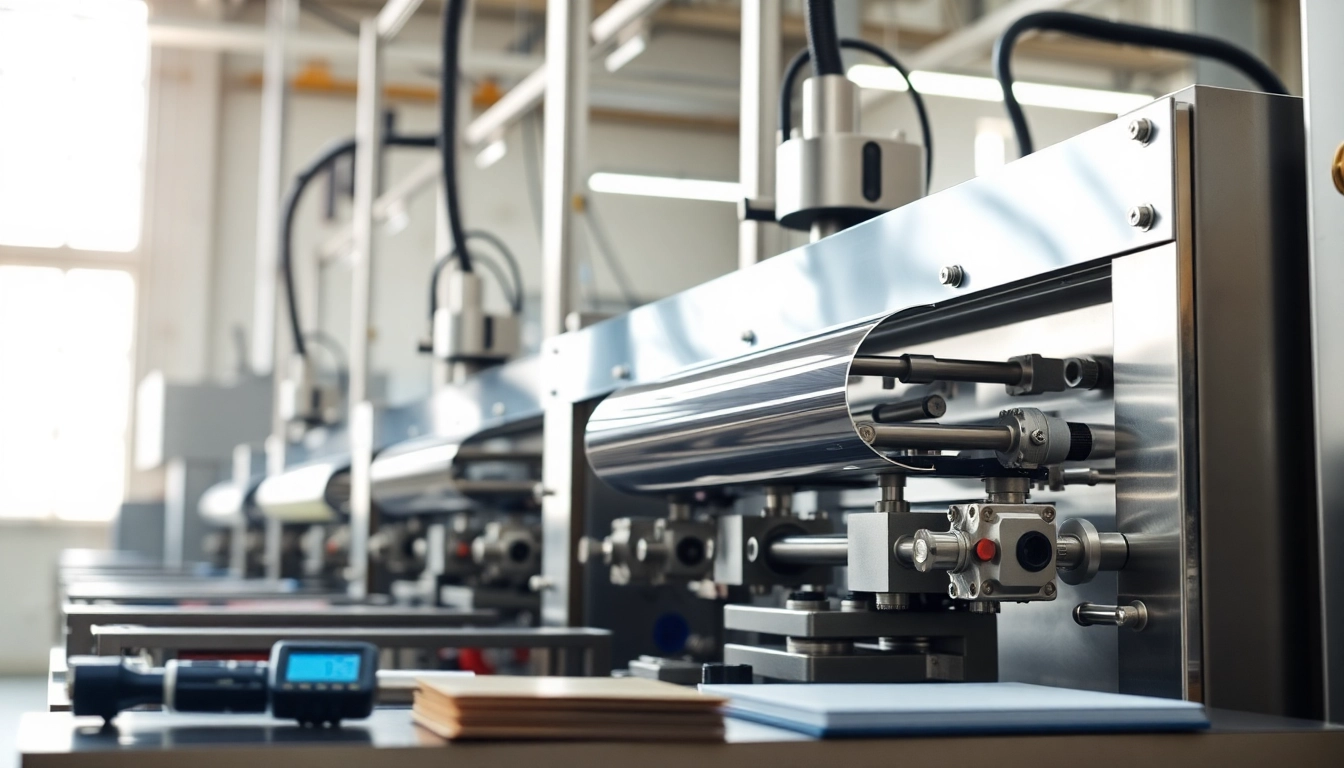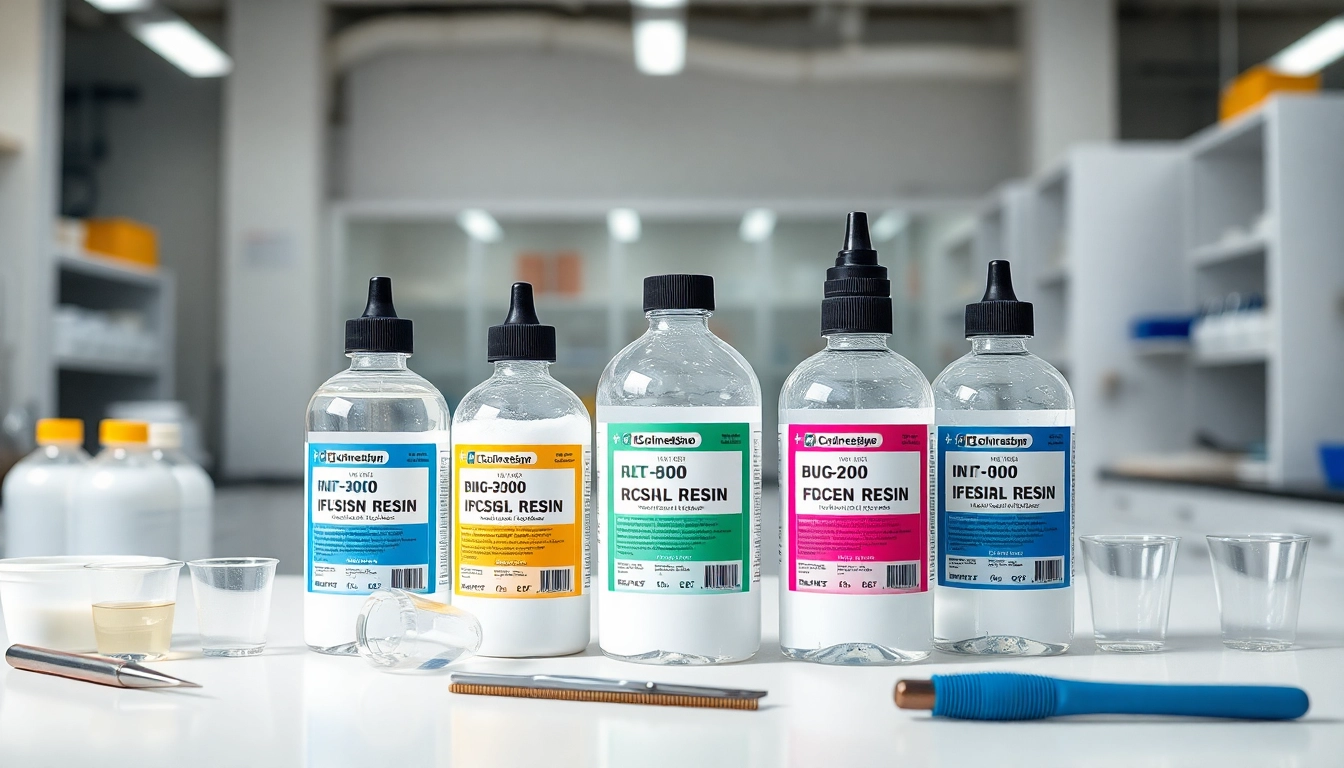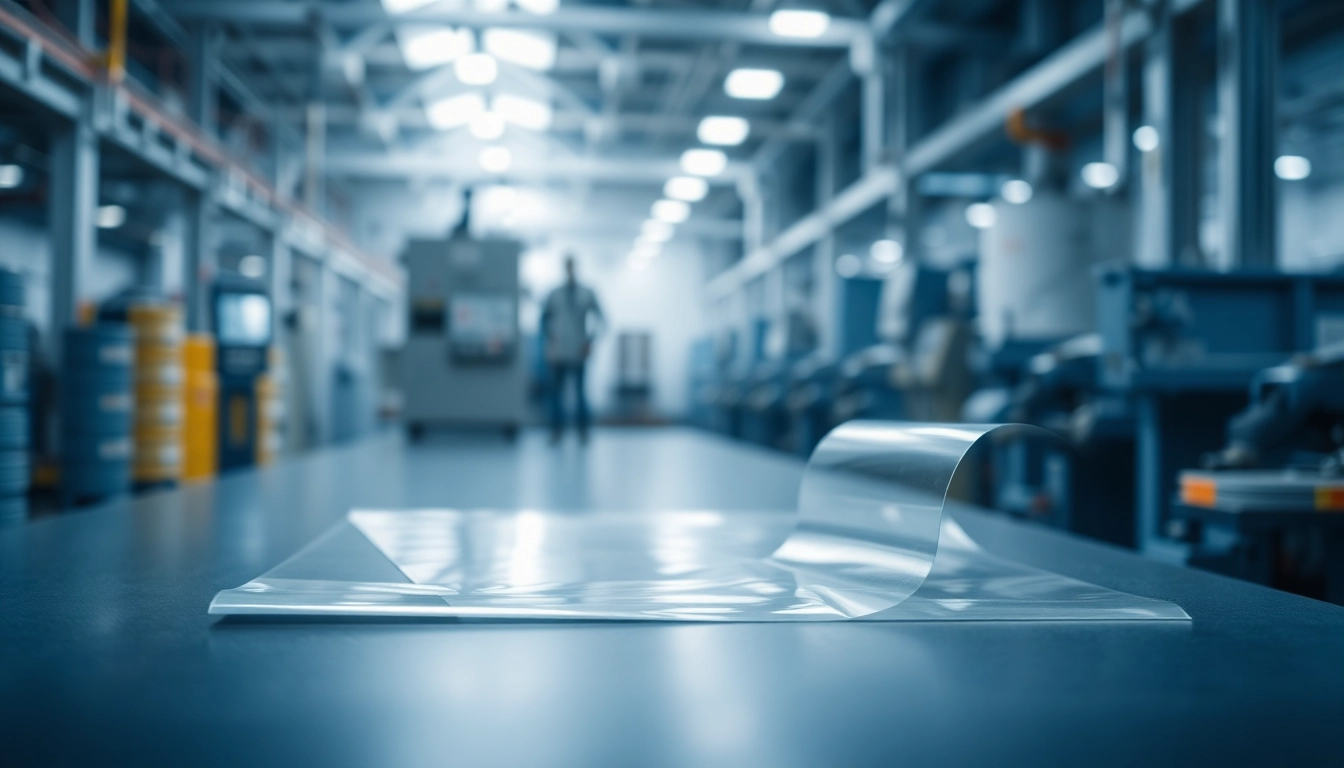Precision Adhesive Films for Advanced Bonding Solutions at https://www.makobond.com/adhesives-films
Understanding Adhesive Films
What Are Adhesive Films?
Adhesive films are solid layers of adhesive material that have been cast into a film format, allowing for easier application in various industrial contexts. Unlike conventional adhesives that require mixing or preparation, adhesive films come pre-formed and are ready to bond surfaces when activated by heat, pressure, or a combination of both. This unique characteristic significantly enhances their usability across numerous sectors, where precision and reliability are paramount.
The Importance of Adhesive Films in Industry
As industries evolve and technology progresses, the demand for efficient and robust bonding solutions has increased. Adhesive films play a pivotal role in various applications, particularly in sectors such as aerospace, automotive, and defense, where traditional fastening methods like welding or mechanical fasteners may not suffice. By providing clean and consistent bonding, adhesive films contribute to the overall structural integrity and appearance of products. Their usage not only simplifies the bonding process but also reduces labor costs and production time, making them an integral part of modern manufacturing processes. For further details, you can explore https://www.makobond.com/adhesives-films.
Types of Adhesive Films Available
Adhesive films come in various types, each designed to meet specific needs. Some of the most common types include:
- Thermoplastic Films: These films become soft when heated, allowing for reshaping and reapplication. They are favored in applications requiring flexibility and durability.
- Thermosetting Films: Once cured, these films form a strong bond that cannot be reshaped. They are often used in high-strength applications and are known for their stability under extreme conditions.
- Pressure-Sensitive Films: These films adhere to substrates upon applying pressure, making them versatile for various quick-fix applications.
- Specialty Films: These are engineered for particular applications, combining properties like thermal resistance and vibration damping, ideal for niche markets.
Applications of Adhesive Films
Adhesive Films in Aerospace
Aerospace is an industry where weight reduction and structural integrity are critical. Adhesive films are used extensively in aircraft manufacturing for bonding components like skins to frames, ensuring a strong and lightweight bond. The ability to create a seamless bond without the need for fasteners reduces weight, which is a primary concern in aircraft design. Additionally, adhesive films help in mitigating the effects of vibration and noise within the cabin, enhancing passenger comfort.
Automotive Uses of Adhesive Films
In the automotive industry, adhesive films are leveraged to bond various materials, including metals and composites. They are particularly beneficial in the assembly of car bodies, where they contribute to creating lightweight structures that help improve fuel efficiency. Moreover, these films are employed in sound-deadening applications, reducing noise within vehicles. With the growing trend of electric vehicles, there is a notable rise in using adhesive films for battery assembly, where thermal management is crucial for safety and performance.
Defensive Applications for Adhesive Films
In the defense sector, the reliability and strength of materials are of utmost importance. Adhesive films are utilized in the construction of military vehicles, where they securely bond armor plates and other critical components. Their ability to withstand harsh environments ensures that the structural integrity of defense products remains uncompromised during operations. Moreover, the incorporation of adhesive films reduces the weight of military equipment, enhancing maneuverability and performance on the field.
Benefits of Using Adhesive Films
Enhanced Structural Integrity
One of the most significant advantages of adhesive films is their ability to provide enhanced structural integrity. They create a uniform and seamless bond that distributes stress more evenly across joined materials, reducing the likelihood of failure. This property is crucial in high-stress applications such as aerospace and automotive manufacturing. Furthermore, the elimination of potential weak points associated with traditional mechanical fastening methods ensures that products can withstand demanding conditions.
Noise and Vibration Mitigation
Adhesive films are particularly effective at dampening vibrations and minimizing noise transmission. In industries like automotive and aerospace, where noise and vibration can affect performance and comfort, the use of these films is essential. By incorporating materials designed specifically for sound damping, manufacturers can produce quieter vehicles and aircraft, enhancing the overall user experience.
Efficiency in the Bonding Process
The application process for adhesive films is streamlined, allowing for faster manufacturing cycles. Unlike traditional bonding methods, which may require extensive preparation and longer curing times, adhesive films can be applied quickly and cured effectively with minimal downtime. This efficiency contributes to reduced operational costs and improved production throughput, making adhesive films an attractive option for manufacturers across various industries.
Choosing the Right Adhesive Film
Factors to Consider When Selecting Adhesive Films
When choosing an adhesive film, several factors should be considered to ensure optimal performance:
- Material Compatibility: The selected adhesive film must be compatible with the substrates being bonded to achieve a reliable bond.
- Temperature and Environmental Conditions: Understanding the service conditions is essential, as some films are better suited for high temperatures or humid environments.
- Application Method: Different adhesive films may require specific application techniques, including heat activation or pressure application. The method must align with the manufacturing process.
Common Challenges and Solutions
While adhesive films offer numerous benefits, challenges may arise during the bonding process. Some common issues include:
- Surface Preparation: Ensuring surfaces are clean and properly prepared is vital for adhesion. Utilizing proper cleaning agents or surface treatments can help alleviate this challenge.
- Temperature Control: Adhesive films often require specific temperature conditions for optimal bonding, and controlling the environment during application can be crucial.
- Time Constraints: With fast-paced production lines, finding a balance between curing times and efficiency remains a challenge. Implementing efficient production workflows and equipment can address time-related issues effectively.
Performance Metrics of Adhesive Films
Performance metrics are critical for evaluating the effectiveness of adhesive films. Key metrics include:
- Shear Strength: This measures the film’s ability to withstand shear forces, which is vital in applications subject to lateral forces.
- Peel Strength: Measuring how well the adhesive film adheres to surfaces, peel strength is crucial in assessing the film’s performance in real-life applications.
- Durability: Evaluating how the adhesive film performs under various environmental conditions (temperature, humidity, etc.) is crucial for long-term applications.
Future Trends in Adhesive Film Technology
Innovations in Adhesive Film Materials
The field of adhesive films is continuously evolving, with innovations focused on enhancing performance characteristics and expanding application scopes. Current trends include the development of bio-based adhesive films that are more environmentally friendly without compromising performance. Additionally, advancements in nanotechnology are being explored to create films with superior adhesion strength and heat resistance, presenting promising opportunities for future applications.
Emerging Markets and Sectors
As industries adapt to new technologies, emerging markets and sectors are beginning to utilize adhesive films. The rise of electric and autonomous vehicles has led to increased demand for lightweight materials that maintain structural integrity, showcasing the unique properties of adhesive films. Furthermore, the aerospace industry’s shift towards alternative materials like composites is driving the need for specialized adhesive solutions that can efficiently bond such materials.
Environmental Considerations for Adhesive Films
With the increasing importance of sustainability, the adhesive film industry is moving towards greener solutions. Manufacturers are investing in research to develop environmentally friendly adhesive films that reduce reliance on harmful chemicals. The implementation of recycling programs for used films and packaging materials also plays a critical role in fostering environmentally responsible practices moving forward.














Post Comment